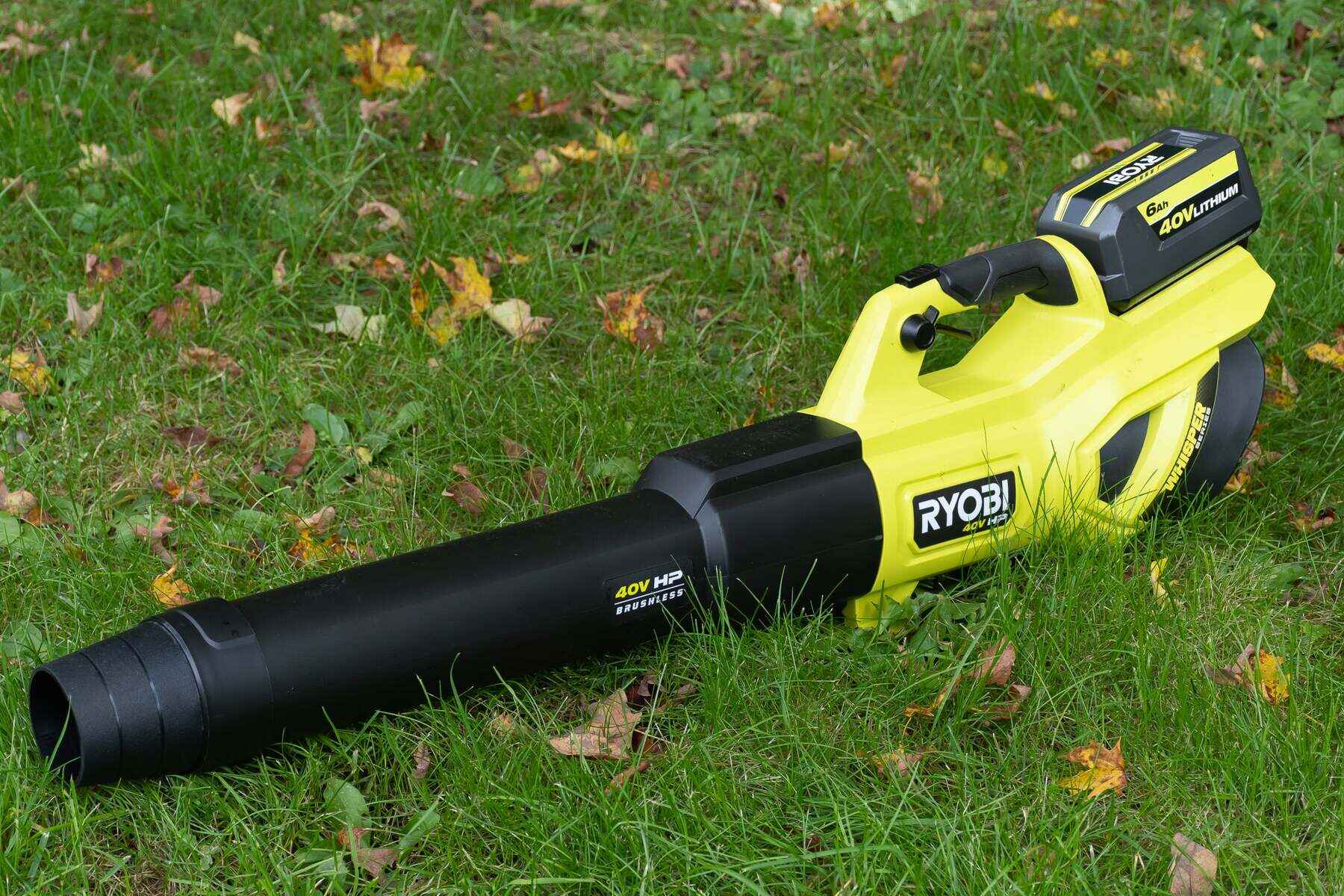

Articles
How To Store Leaf Blower
Modified: January 26, 2024
Discover effective and practical articles on how to store your leaf blower properly. Keep your equipment safe and ready for use with these helpful tips.
(Many of the links in this article redirect to a specific reviewed product. Your purchase of these products through affiliate links helps to generate commission for Storables.com, at no extra cost. Learn more)
Introduction
A leaf blower is a handy tool for keeping your yard clean and free from leaves and debris. Whether you use it frequently or only seasonally, proper storage is essential to maintain its functionality and prolong its lifespan. Storing your leaf blower correctly not only protects it from damage but also ensures that it remains in optimal working condition when you need it next.
In this article, we will discuss the best practices for storing your leaf blower, whether you choose to keep it indoors or outdoors. We will also cover cleaning and maintenance tips to prepare it for storage and offer suggestions for protecting it from external elements. By following these guidelines, you can ensure that your leaf blower remains in excellent condition and ready to use whenever you need it.
Before diving into the specifics of leaf blower storage, it is important to understand the importance of choosing the right storage location. The storage area should be clean, dry, and free from extreme temperatures, humidity, and direct sunlight. These elements can cause damage to the leaf blower and reduce its overall performance. Additionally, storing the leaf blower in a secure location can prevent theft or accidental damage.
Key Takeaways:
- Proper storage of your leaf blower, whether indoors or outdoors, is crucial for maintaining its performance and longevity. Choose the right location, clean and maintain it before storage, and use suitable covers to protect it from the elements.
- Prioritize safety and proper handling when storing your leaf blower. Follow manufacturer’s guidelines, disconnect power sources, handle fuel carefully, and regularly inspect for wear or damage. By taking these precautions, you can ensure safe and secure storage while prolonging the life of your equipment.
Read more: How To Store A Leaf Blower
Choosing the Right Storage Location
When it comes to storing your leaf blower, the first step is to choose the right storage location. A suitable storage area will help protect your leaf blower from damage and ensure its longevity. Here are some factors to consider when selecting the ideal storage spot:
- Indoor storage: If possible, storing your leaf blower indoors is the preferred option. An enclosed space, such as a garage or shed, offers protection from the elements, including rain, snow, and direct sunlight. Make sure the storage area is well-ventilated to prevent the buildup of fumes or condensation.
- Outdoor storage: If indoor storage is not available, storing your leaf blower outdoors is still possible, but extra precautions should be taken. Look for a dry and sheltered spot away from direct sunlight or extreme temperatures. Consider investing in a weatherproof cover to protect the leaf blower from rain, snow, and debris.
Furthermore, avoid storing the leaf blower on the ground, as moisture can seep into the machine and cause damage. Instead, use a storage rack or shelf to elevate it off the floor. This will also prevent any potential tripping hazards and keep it away from pests or rodents.
You should also take security into account when selecting the storage location. If storing the leaf blower outdoors, choose a spot that is not easily accessible or visible from the street to minimize the risk of theft. If storing it indoors, consider using additional security measures like locks or alarms to protect your valuable equipment.
Finally, make sure there is enough space in the storage area to accommodate the leaf blower and any accessories. It’s a good idea to keep all the components together, such as the nozzle attachments and power cords, to avoid misplacing them. Having a designated storage area for your leaf blower will make it easier to locate and retrieve it when needed.
By choosing the right storage location for your leaf blower, you can ensure its safety and longevity. Whether indoors or outdoors, prioritize factors such as protection from the elements, security, and accessibility. This will help preserve the condition of your leaf blower and ensure it remains in optimal working condition for years to come.
Cleaning and Maintenance Before Storage
Before you store your leaf blower, it’s important to properly clean and maintain it. This step not only ensures that the blower is in good condition for storage but also helps prevent any potential issues that could arise during the dormant period. Here are some essential cleaning and maintenance tasks to undertake before storing your leaf blower:
- Remove debris: Start by removing any debris, dirt, or leaves that may have accumulated on the exterior of the leaf blower. Use a brush or a damp cloth to gently clean the surface, ensuring that the air intake vents and exhaust ports are free from obstructions.
- Clean the air filter: The air filter is an essential component of the leaf blower and should be cleaned regularly to maintain optimal airflow. Remove the air filter and check for any dirt or debris buildup. If it looks clogged or dirty, wash it with mild soap and water, then allow it to dry completely before reinstalling it.
- Inspect the spark plug: The spark plug plays a crucial role in the ignition process. Inspect the spark plug for any signs of wear or damage. If necessary, clean or replace it to ensure proper functioning.
- Check the fuel system: If your leaf blower has a fuel system, it’s essential to properly prepare it for storage. Start by draining the fuel tank or running the blower until the fuel is depleted. This step prevents stale fuel from clogging the carburetor or causing starting problems in the future. You can also use a fuel stabilizer to prevent the fuel from deteriorating during storage.
- Inspect the power cords: If your leaf blower is electric, check the power cords for any signs of damage or wear. If you notice any fraying or exposed wires, it’s crucial to replace the cord before storing the blower. Damaged cords can pose a safety hazard and lead to electrical issues.
- Lubricate moving parts: Lubricating the moving parts of the leaf blower, such as the engine’s piston or fan blades, can help prevent rust and ensure smooth operation. Refer to the manufacturer’s instructions for the appropriate lubricant to use and the recommended intervals for lubrication.
By following these cleaning and maintenance steps, you can ensure that your leaf blower is in optimal condition before storing it. This preparation will not only extend its lifespan but also make the next season’s startup smoother. Properly maintaining your leaf blower will save you time and money in the long run, as it reduces the risk of costly repairs and ensures reliable performance when you need it most.
Preparing for Long-Term Storage
If you’re planning to store your leaf blower for an extended period, such as during the winter season, it’s important to take additional steps to ensure its protection. Long-term storage requires a thorough preparation process to prevent any damage that could occur from being dormant for an extended period. Here are some tips to help you prepare your leaf blower for long-term storage:
- Run the blower dry: If your leaf blower is powered by gasoline, it’s important to run it until it is out of fuel before storing it. This helps prevent the fuel from deteriorating and clogging the carburetor. Be sure to follow the manufacturer’s instructions for safely running the blower until it is depleted of fuel.
- Remove the battery: If your leaf blower is cordless and operates on a rechargeable battery, remove the battery before storing it. This prevents any potential damage or leakage that could occur during storage. Store the battery separately in a cool, dry place away from direct sunlight.
- Check for loose or damaged parts: Before storing your leaf blower, carefully inspect it for any loose or damaged parts. Check the screws, nuts, and bolts to ensure they are tightened properly. Replace any broken or worn-out parts to prevent further damage during storage.
- Apply a rust inhibitor: To protect metal surfaces from rust and corrosion, consider applying a rust inhibitor. Follow the manufacturer’s instructions for proper application. This extra step can help extend the lifespan of your leaf blower and ensure that it’s in good working condition when you need it next.
- Disconnect and store accessories: If your leaf blower has any detachable accessories, such as nozzles or extension tubes, remove them and store them separately. This prevents them from getting damaged or misplaced during storage. Keeping all the components together in a designated storage container or bag is a good practice to ensure easy retrieval later.
- Refer to the manufacturer’s manual: It’s always a good idea to consult the manufacturer’s manual for any specific recommendations or instructions regarding long-term storage. They may have additional tips or precautions that are specific to your leaf blower model.
By properly preparing your leaf blower for long-term storage, you can minimize the risk of damage and ensure that it remains in good condition during its period of inactivity. Taking the time to follow these steps will help prolong the lifespan of your leaf blower and ensure it’s ready for use when the next season arrives.
Storing the Leaf Blower Indoors
Storing your leaf blower indoors is the ideal option as it provides the best protection from the elements. Here are some guidelines to follow when storing your leaf blower indoors:
- Clean and dry the blower: Before storing, ensure that the leaf blower is clean and dry. Remove any dirt, debris, or moisture from the exterior surfaces to prevent corrosion or damage. Pay special attention to the air intake vents and exhaust ports.
- Choose a secure location: Select a secure storage area such as a garage, shed, or basement to protect your leaf blower from theft or accidental damage. Make sure the area is well-ventilated to prevent the buildup of fumes or condensation.
- Elevate from the ground: Avoid storing the leaf blower directly on the floor. Instead, use a storage rack or shelf to elevate it off the ground. This helps prevent moisture from seeping into the blower and keeps it away from pests or rodents.
- Keep away from heat sources: Ensure that the leaf blower is not stored near any heat sources such as water heaters, furnaces, or electrical panels. Heat can damage the blower and reduce its lifespan.
- Store in a designated area: Designate a specific area for storing your leaf blower and its accessories. This makes it easier to locate and retrieve when needed. Keep all the components together, such as nozzles, extension tubes, and power cords, to prevent misplacing them.
- Protect from dust: If you store your leaf blower for an extended period, consider covering it with a clean cloth or using a dust cover. This prevents dust accumulation on the blower’s surfaces, which can affect its performance.
- Check periodically: While in storage, periodically check on your leaf blower to ensure that it remains in good condition. If you notice any issues like moisture buildup or damage, address them immediately to prevent further problems.
Storing your leaf blower indoors provides the highest level of protection from external elements, ensuring that it remains in optimal condition for future use. By following these guidelines, you can keep your leaf blower safe and ready to tackle your yard cleaning tasks when you need it.
Store your leaf blower in a dry, well-ventilated area to prevent rust and damage. Make sure to clean it thoroughly before storing to prolong its lifespan.
Read more: How To Store A Leaf Blower
Storing the Leaf Blower Outdoors
While storing your leaf blower indoors is the preferred option, sometimes outdoor storage is the only practical choice. If you must store your leaf blower outdoors, follow these guidelines to ensure its protection:
- Choose a sheltered spot: Select a dry and sheltered area to store your leaf blower. This spot should offer protection from rain, snow, and direct sunlight. Consider placing it under a covered patio, in a weatherproof storage box, or beneath a tarp.
- Secure the blower: To prevent theft or unauthorized use, ensure that the leaf blower is securely stored. If possible, store it in a locked shed or use a chain and padlock to secure it to a sturdy structure.
- Elevate from the ground: Avoid placing the leaf blower directly on the ground to prevent moisture absorption and damage. Use a storage rack, shelf, or elevated platform to keep it off the ground.
- Cover and protect: Invest in a weatherproof cover to protect the leaf blower from rain, snow, and debris. Make sure the cover fits properly and securely to prevent wind from blowing it off. Additionally, use a cover specifically designed to allow ventilation and prevent condensation.
- Remove the battery: If your leaf blower is cordless and uses a battery, remove the battery before storing it. Store it separately in a cool and dry place to prevent damage or leakage.
- Regularly inspect for damage: Periodically inspect your leaf blower for any signs of damage or wear, especially if it’s stored outside. Look for cracks, rust, or any loose parts. If you notice any issues, address them promptly to prevent further damage.
- Check on the blower: While the leaf blower is in outdoor storage, check on it periodically to ensure it remains in good condition. Remove any debris that may collect on the blower’s surface and check for any signs of moisture buildup.
Storing your leaf blower outdoors requires extra precautions to protect it from the elements and potential theft. While it’s not the most ideal solution, following these guidelines will help keep your leaf blower as safe as possible until you’re ready to use it again.
Covering and Protecting the Leaf Blower
Covering and protecting your leaf blower is an essential step in ensuring its longevity and preventing damage. Whether storing it indoors or outdoors, using the right cover and implementing proper protective measures can help safeguard your leaf blower. Here are some tips for covering and protecting your leaf blower:
- Choose a suitable cover: When selecting a cover for your leaf blower, opt for one that is specifically designed for outdoor equipment protection. Look for covers made from durable and weather-resistant materials, such as polyester or nylon. Ensure the cover fits snugly over the leaf blower, providing complete coverage.
- Consider a waterproof cover: If you’re storing your leaf blower outdoors or in a potentially damp environment, it’s crucial to choose a waterproof cover. This will protect your leaf blower from rain, snow, and moisture that can cause corrosion or damage to internal components.
- Ensure proper ventilation: While it’s important to keep your leaf blower covered, it’s equally important to allow for proper ventilation. Look for covers that have built-in vents or mesh panels. These openings will help promote air circulation and prevent the buildup of condensation, minimizing the risk of rust or mold formation.
- Secure the cover: To ensure the cover stays in place, especially during windy conditions, use fastening straps or drawstrings that are included with the cover. This will help keep the cover secure and prevent it from blowing off or allowing debris to enter.
- Protect the power cord: If your leaf blower has a power cord, take extra care to protect it. Consider using a cord wrap or a bungee cord to keep the cord neatly organized and prevent it from becoming tangled or damaged.
- Maintain cover cleanliness: Regularly clean the cover to prevent the buildup of dirt, grime, or mildew. Follow the manufacturer’s instructions for cleaning, which may involve simple handwashing or the use of a gentle detergent. Keeping the cover clean will not only ensure its longevity but also prevent debris from transferring to the leaf blower.
- Additional protective measures: In addition to covering the leaf blower, it’s a good practice to take other protective measures. For example, placing a moisture-absorbing desiccant packet inside the storage area or using a silica gel pack near the leaf blower can help control humidity and prevent moisture-related damage.
By properly covering and protecting your leaf blower, you can maintain its appearance, functionality, and overall lifespan. Strong covers and proper protective measures will shield the leaf blower from external elements, ensure it remains in optimal condition, and extend its usability in the long run.
Tips for Safe Storage and Handling
Proper storage and handling of your leaf blower are not only important for its longevity but also for your safety. Following these tips will help ensure safe and secure storage, as well as safe handling when using the leaf blower:
- Read the manufacturer’s manual: Familiarize yourself with the manufacturer’s instructions and safety guidelines for your specific leaf blower model. Understanding the proper operation and storage procedures will help you use and handle the blower safely.
- Disconnect power sources: When storing or performing maintenance on the leaf blower, always disconnect the power source, whether it’s a battery or an electrical cord, to prevent accidental starts or injury.
- Avoid fuel spills: If your leaf blower runs on gasoline, handle fuel carefully. Always fill the tank outdoors, away from any ignition sources, and wipe up any spills promptly. Store gasoline in an approved container in a cool, well-ventilated area.
- Handle with care: When moving or storing the leaf blower, handle it with care to avoid dropping or bumping it. Rough handling can cause damage to the blower or its internal components.
- Store in a well-ventilated area: Whether storing indoors or outdoors, ensure the storage area is well-ventilated to prevent the buildup of fumes or condensation. Proper ventilation is essential for safety and maintaining the blower’s performance.
- Avoid overloading storage areas: When storing the leaf blower, make sure it is not overcrowded with other items. Overloading the storage area can increase the risk of damage to the blower or other objects falling onto it.
- Keep away from children and pets: Store the leaf blower in a location inaccessible to children or pets. This reduces the risk of accidental injury or damage caused by improper use.
- Regularly inspect for wear or damage: Periodically check your leaf blower for any signs of wear, loose parts, or damage. If you notice any issues, address them promptly to prevent potential accidents or further damage.
- Use proper personal protective equipment (PPE): When operating the leaf blower, always wear appropriate PPE, such as safety glasses, hearing protection, and sturdy footwear. PPE helps protect you from debris, noise, and other potential hazards.
- Store in accordance with local regulations: Familiarize yourself with any local regulations or guidelines for storing outdoor equipment. Some areas may have specific requirements regarding storage practices, especially for fuel-powered equipment.
By following these tips, you can ensure the safe storage and handling of your leaf blower. Prioritizing safety not only protects you and others but also prolongs the life of your equipment, allowing you to enjoy its reliable performance for years to come.
Conclusion
Proper storage of your leaf blower is key to maintaining its performance and prolonging its lifespan. Whether you choose to store it indoors or outdoors, following the right practices will ensure its protection from the elements and maintain its functionality. Cleaning and maintenance before storage, choosing the right storage location, and using suitable covers are essential steps to keep your leaf blower in excellent condition.
When storing your leaf blower, consider factors such as security, ventilation, and protection from moisture and direct sunlight. Store it in a clean and dry location, away from extreme temperatures. Elevate it off the ground to prevent moisture absorption and potential damage. If storing outdoors, invest in a weatherproof cover to shield it from rain, snow, and debris.
Before storage, clean the leaf blower, remove any debris, and perform necessary maintenance tasks. This includes cleaning the air filter, inspecting the spark plug, checking the fuel system, and lubricating moving parts. By properly preparing your leaf blower, you prevent potential issues and ensure it’s ready for use when the next season arrives.
Safety is paramount during storage and handling. Read the manufacturer’s manual, disconnect power sources, handle fuel carefully, and store the blower in a well-ventilated area. Regularly inspect for wear or damage and use proper personal protective equipment when operating the blower.
By following these guidelines, you can ensure safe and secure storage, as well as prolong the life of your leaf blower. Proper storage and maintenance practices will not only save you time and money but also allow you to have a well-functioning leaf blower whenever you need it for yard maintenance. Remember, taking care of your leaf blower now will pay off in the long run.
Frequently Asked Questions about How To Store Leaf Blower
Was this page helpful?
At Storables.com, we guarantee accurate and reliable information. Our content, validated by Expert Board Contributors, is crafted following stringent Editorial Policies. We're committed to providing you with well-researched, expert-backed insights for all your informational needs.
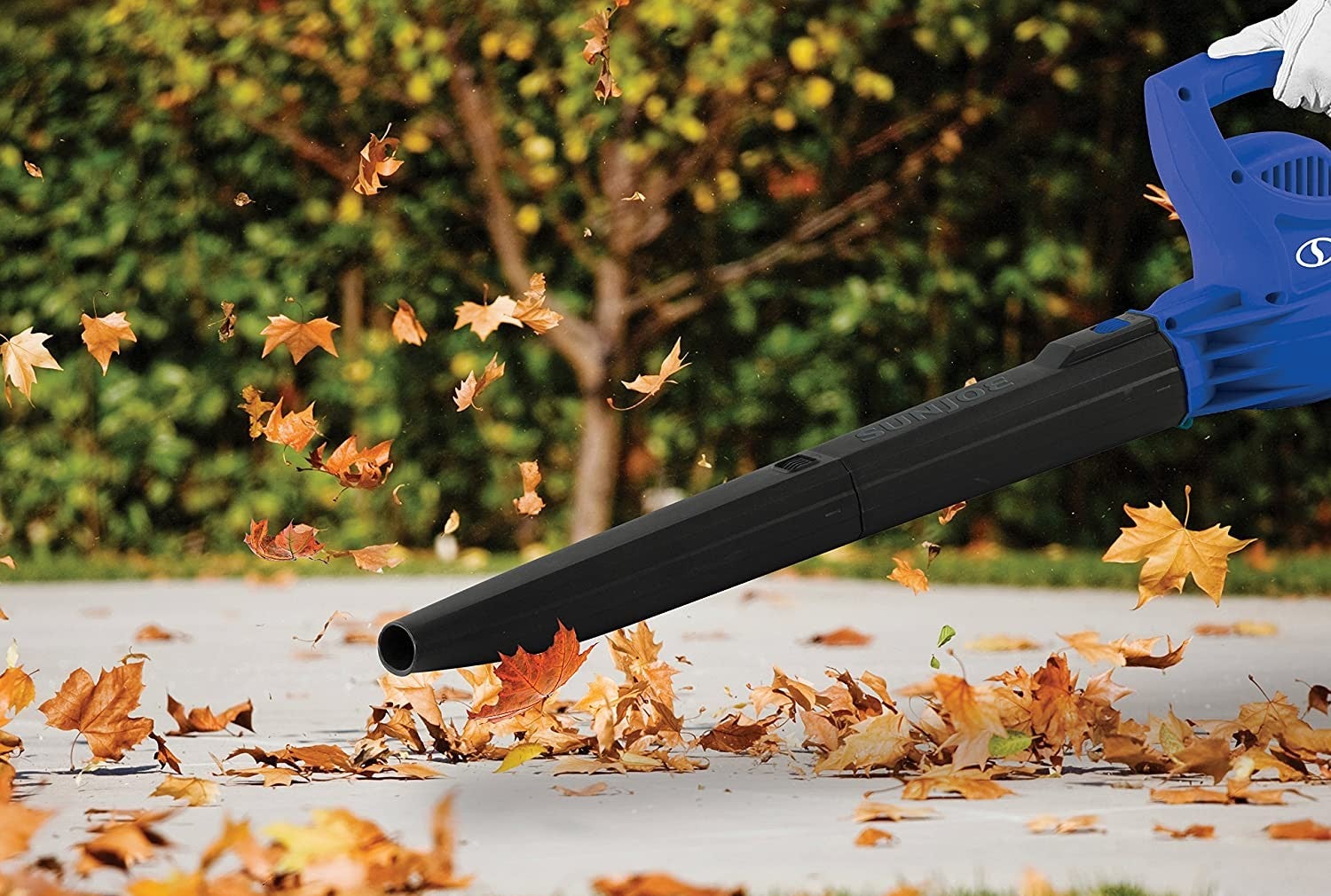
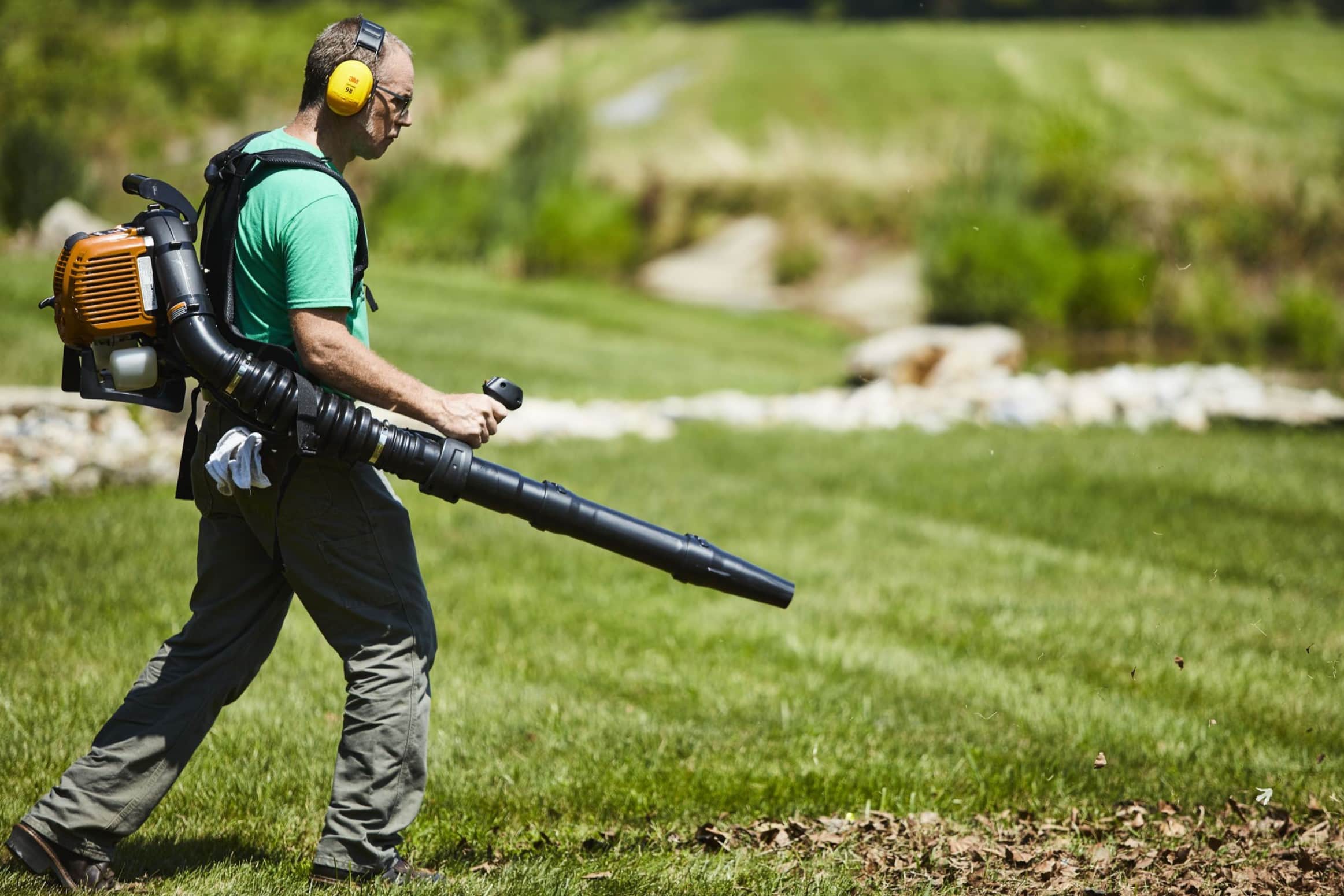
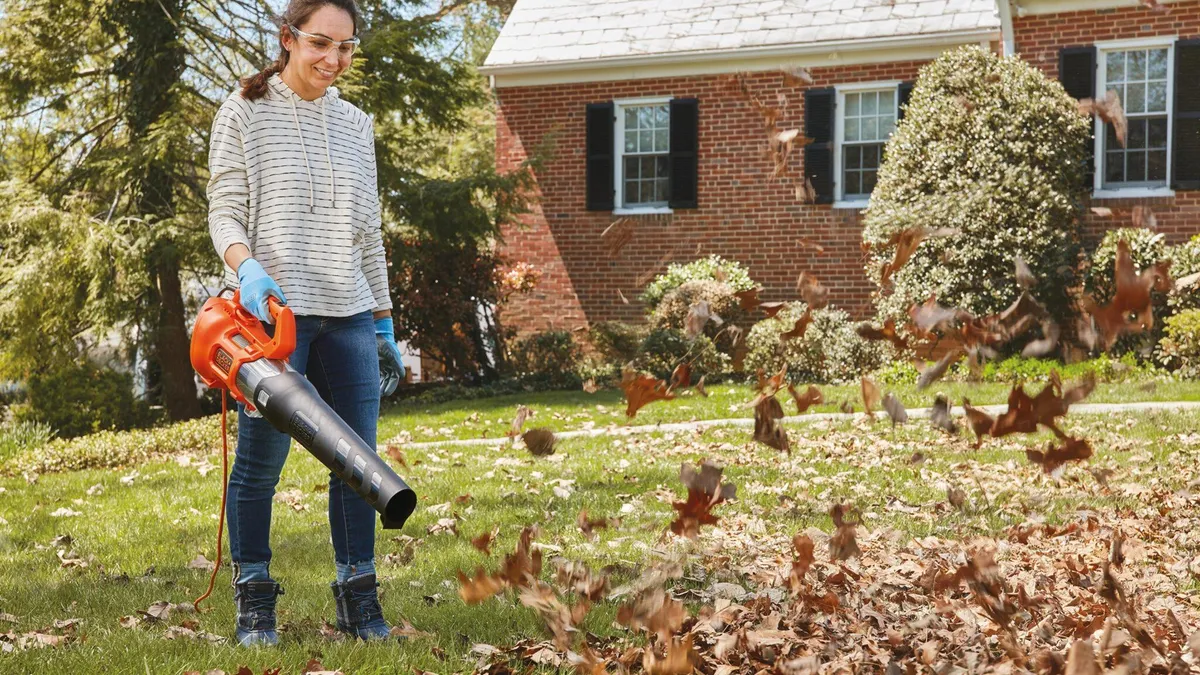
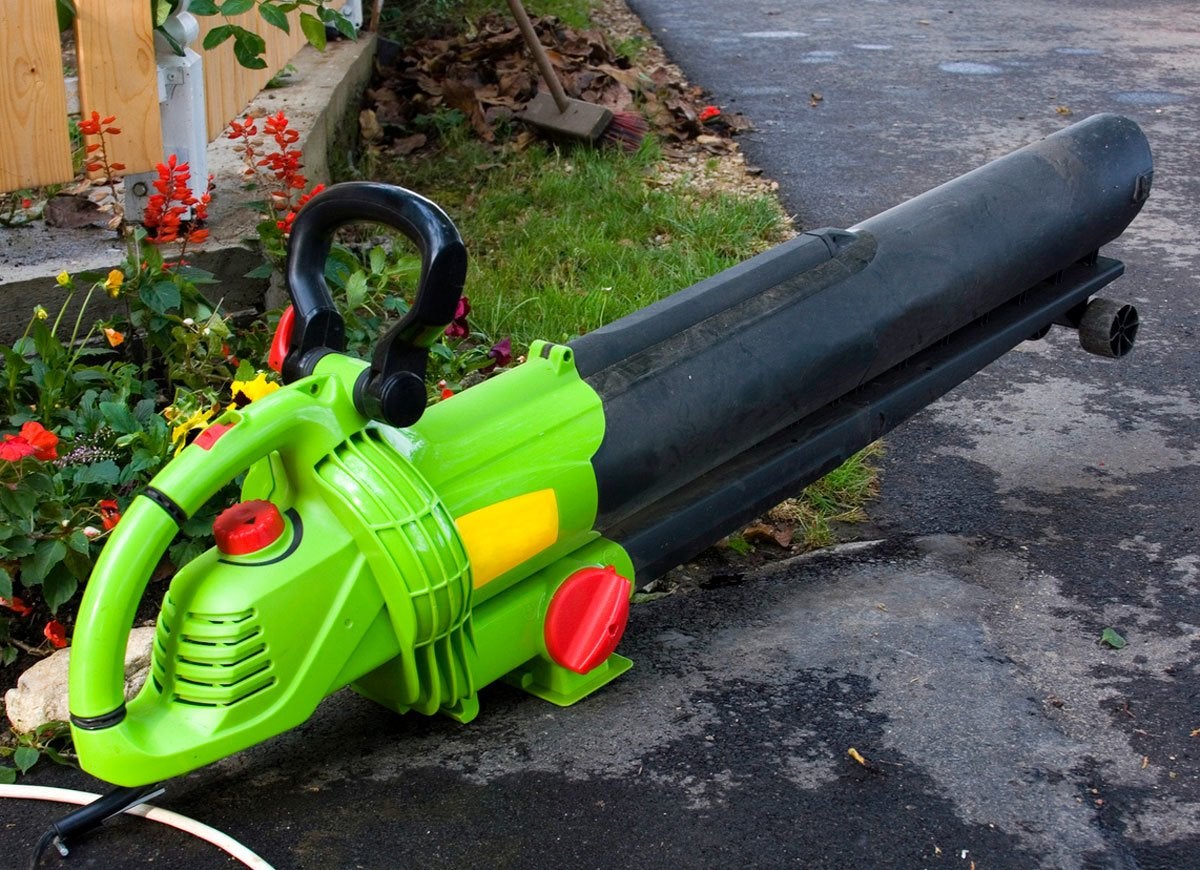
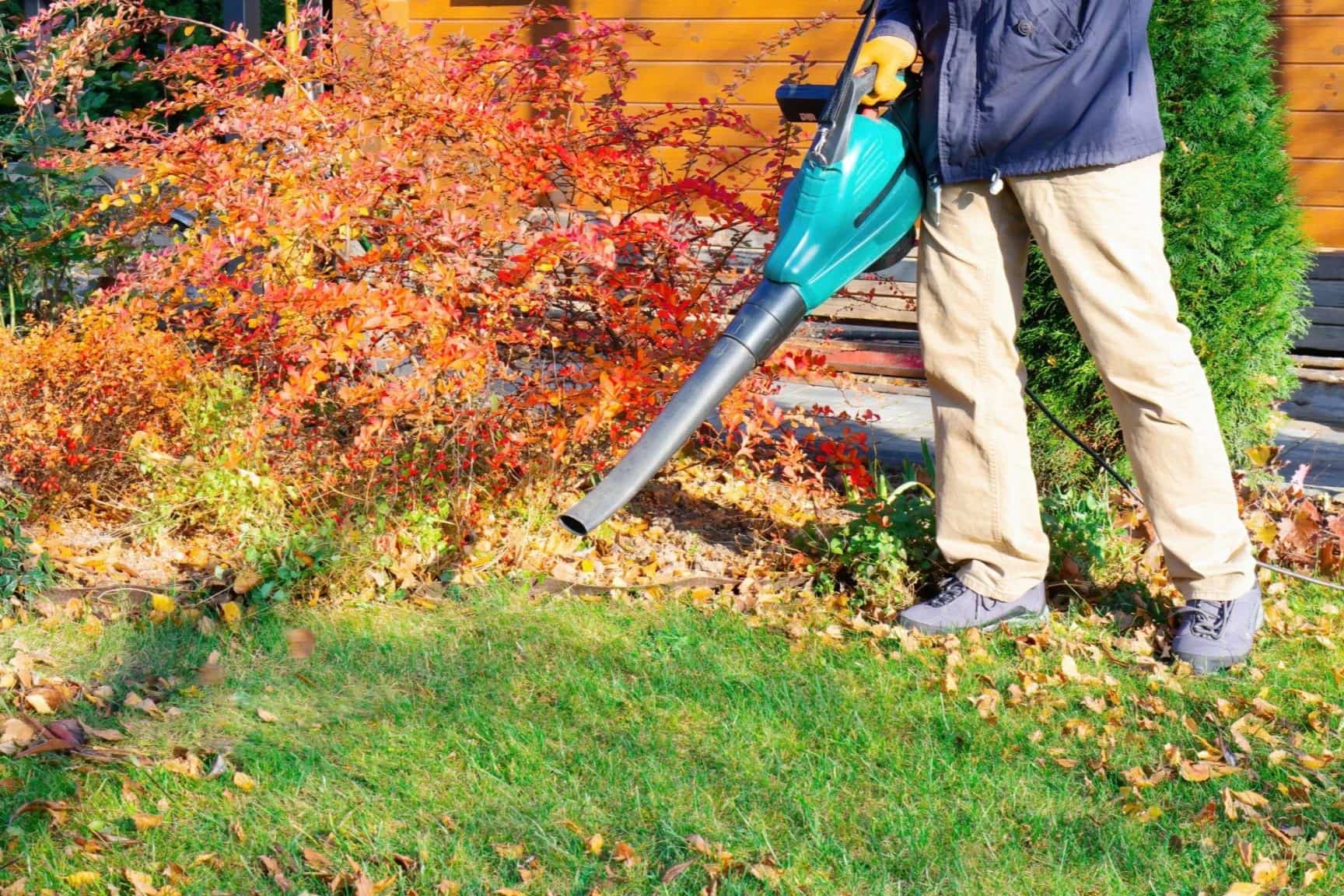
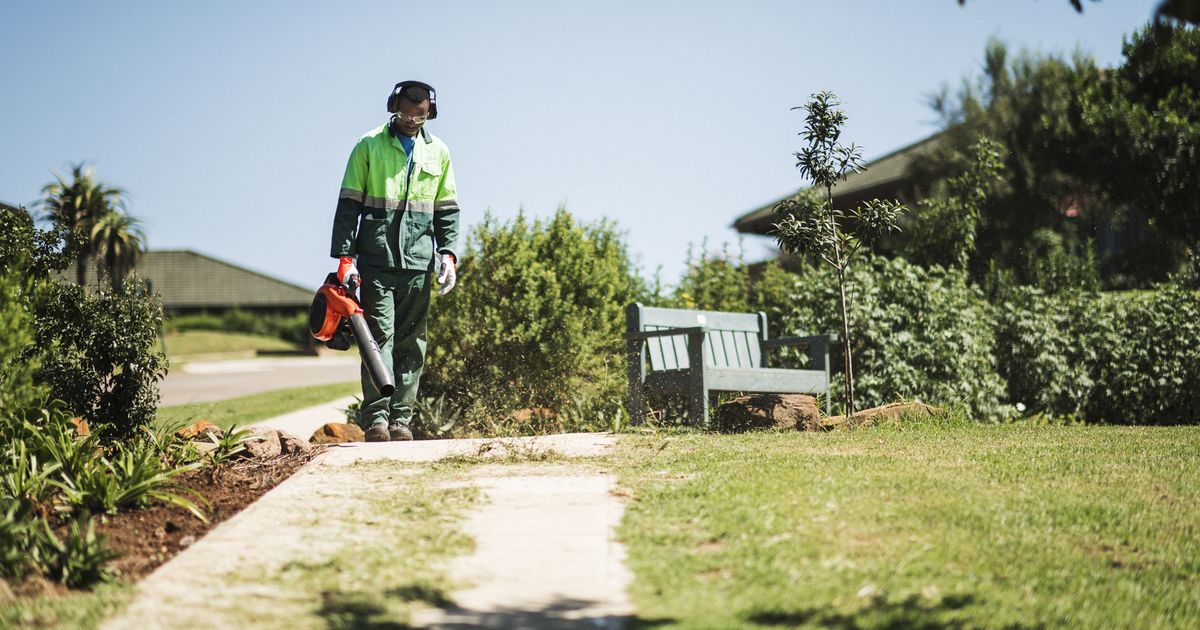
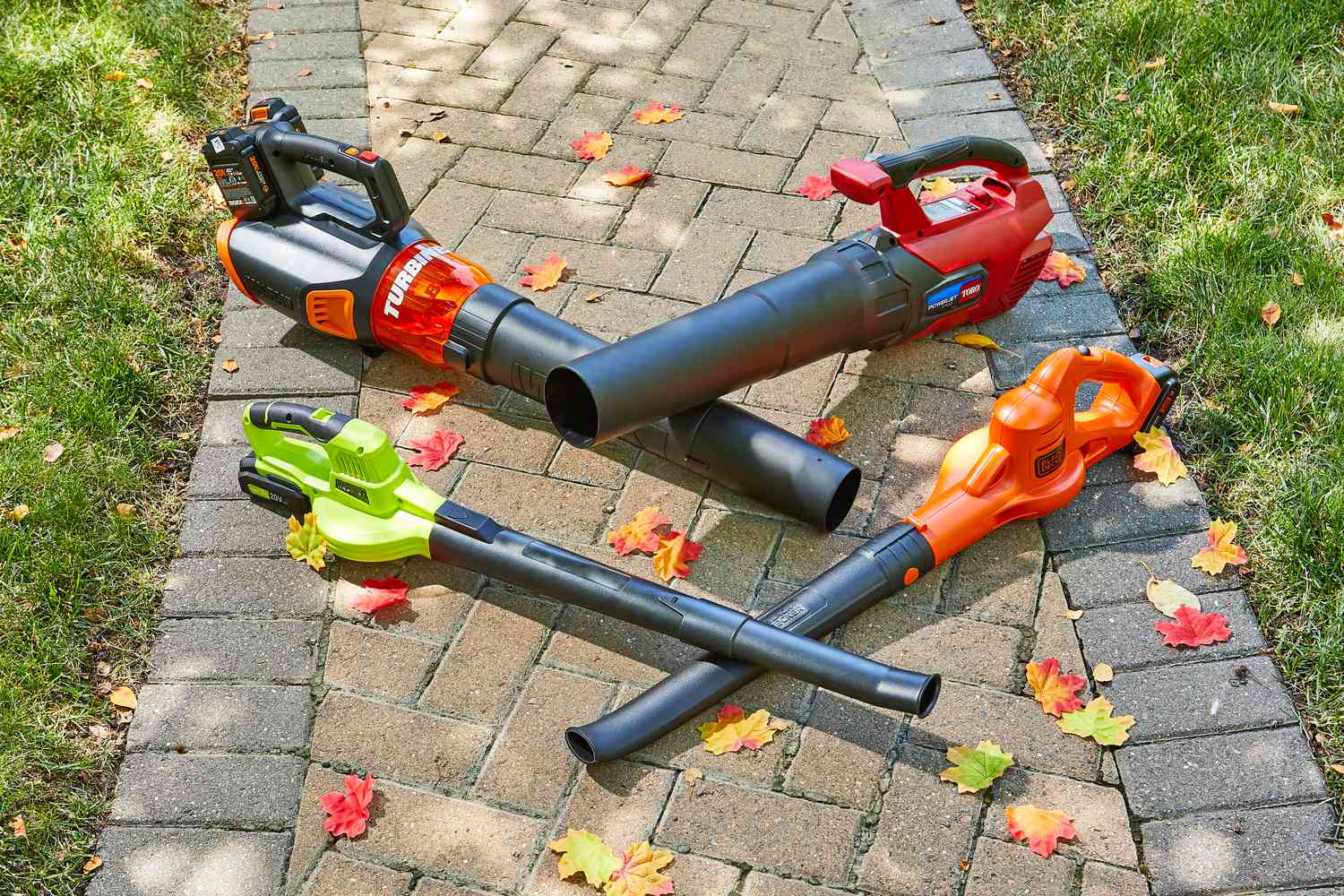
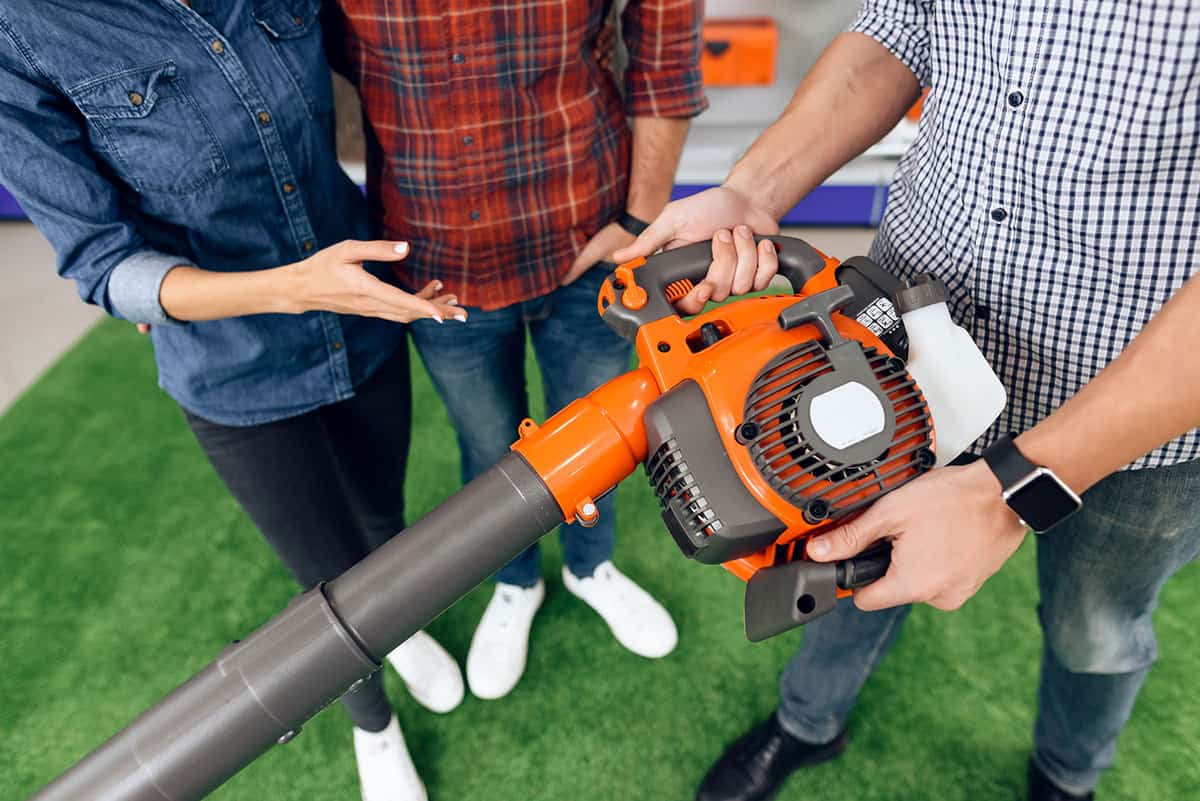
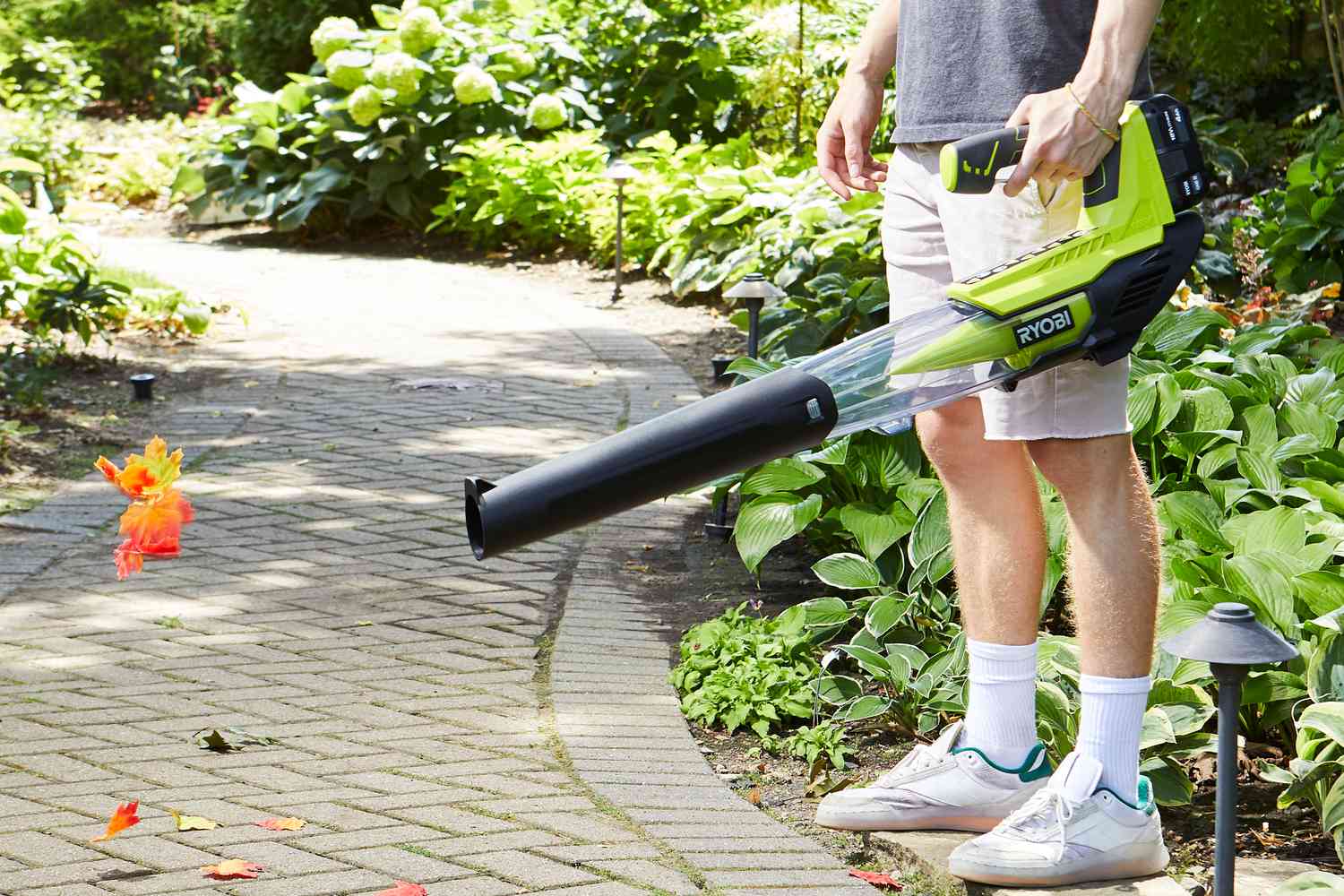
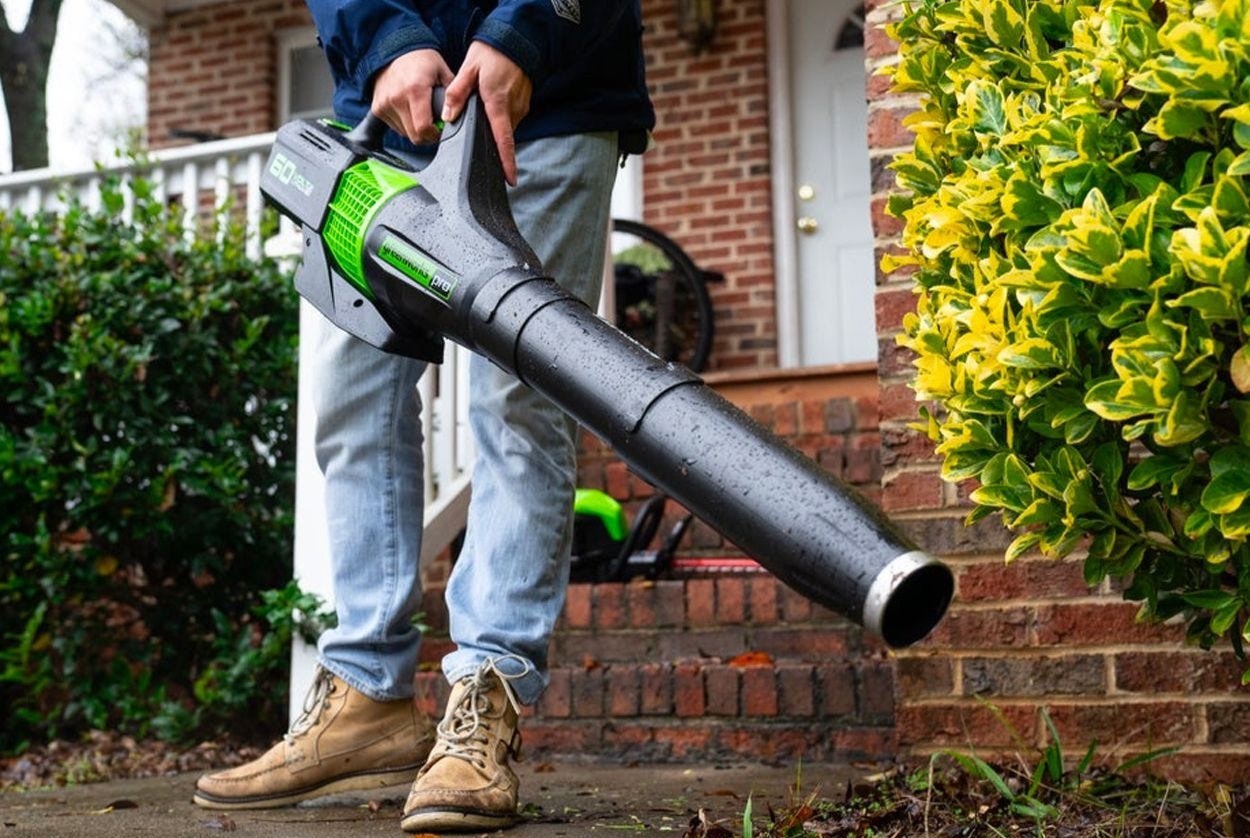
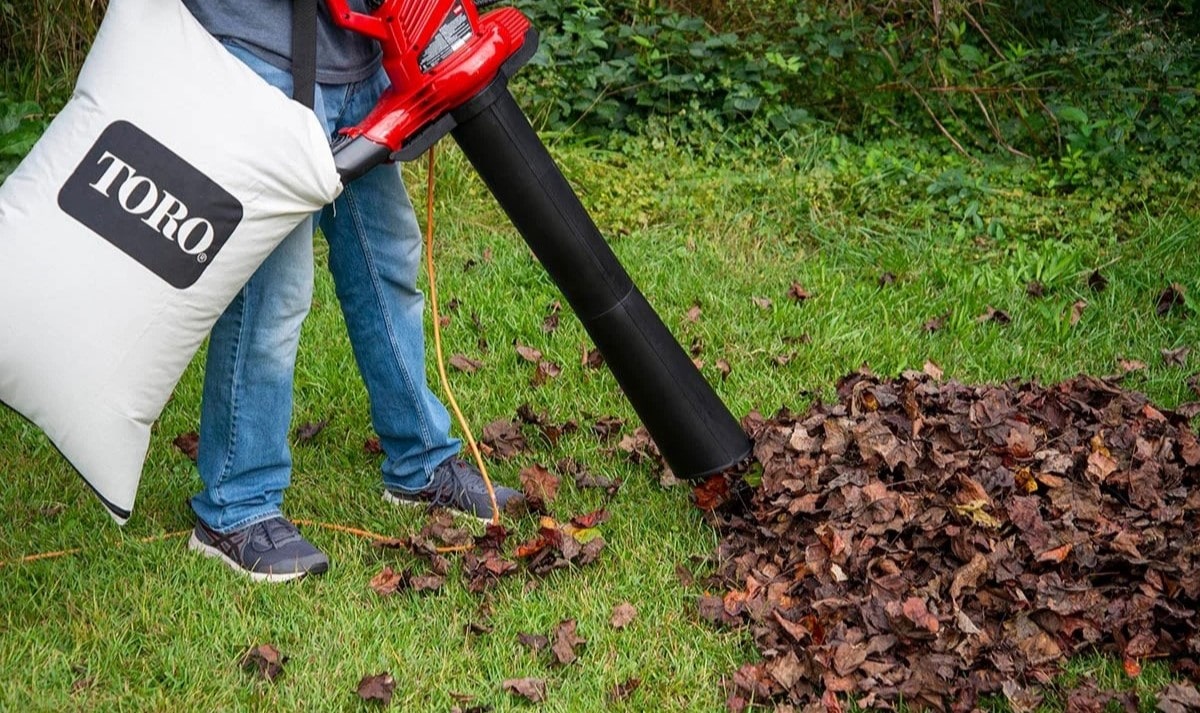
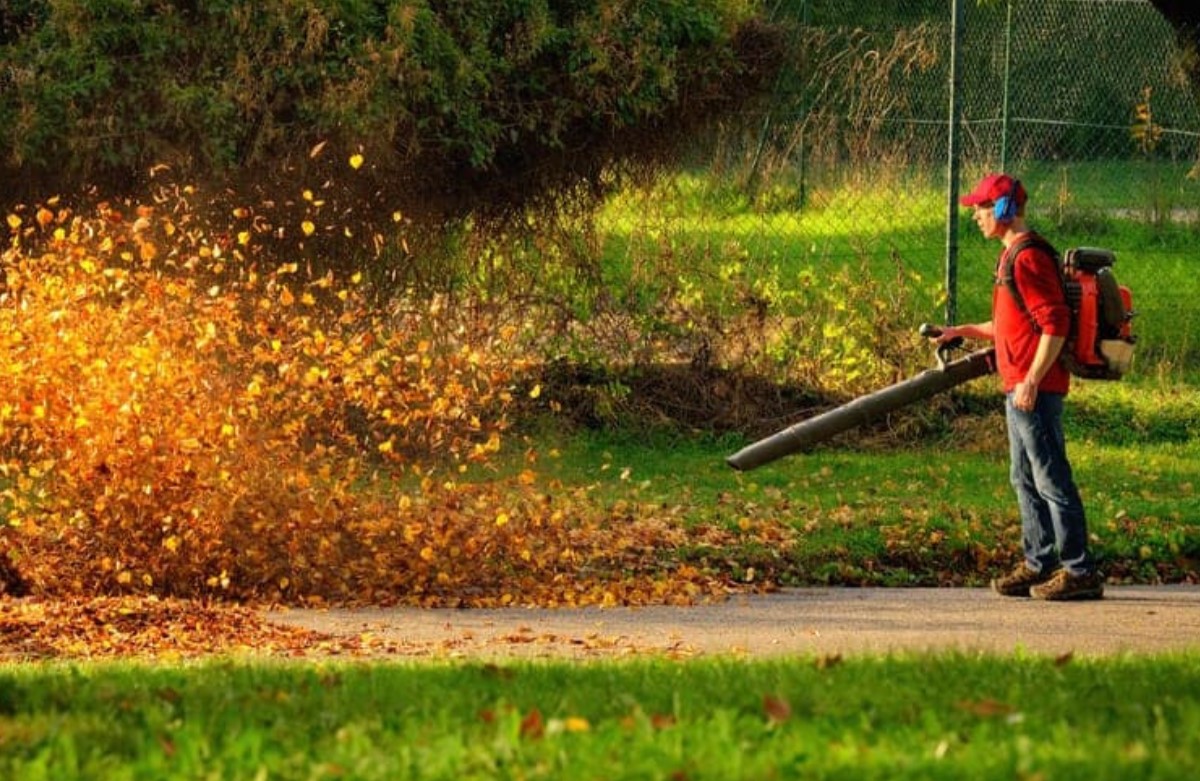

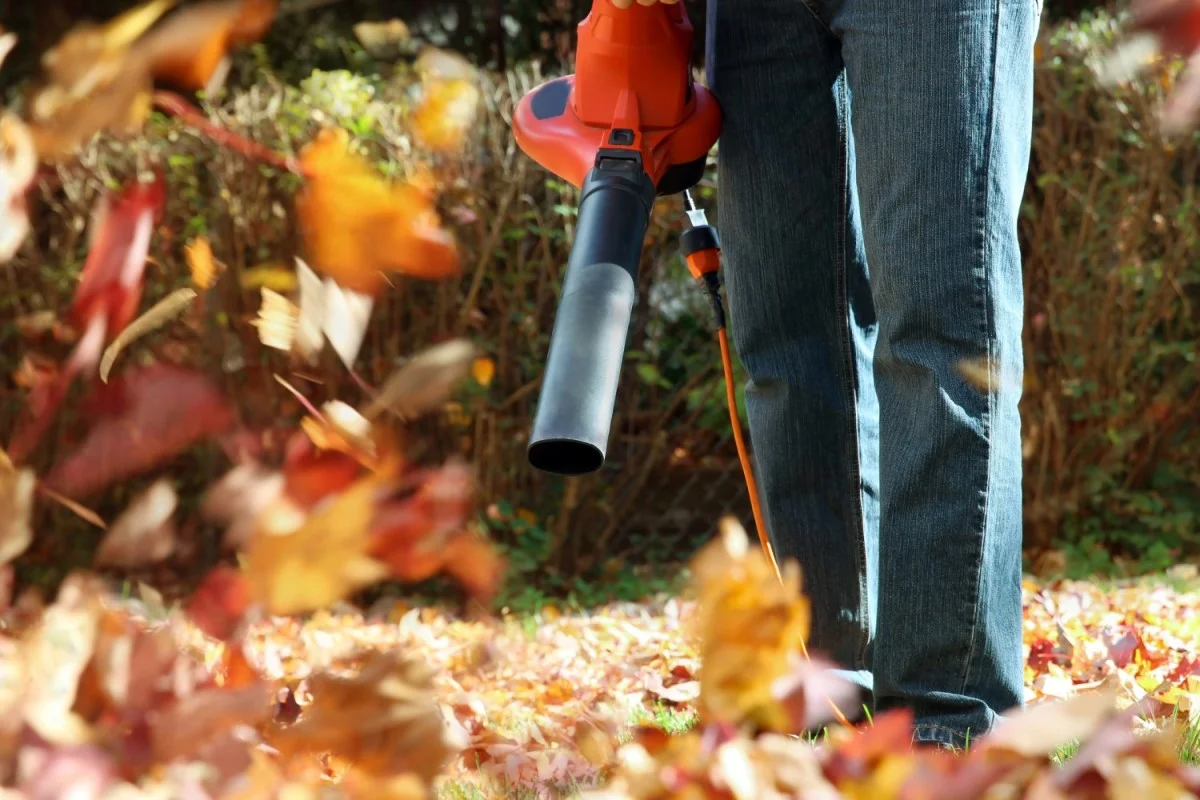

0 thoughts on “How To Store Leaf Blower”